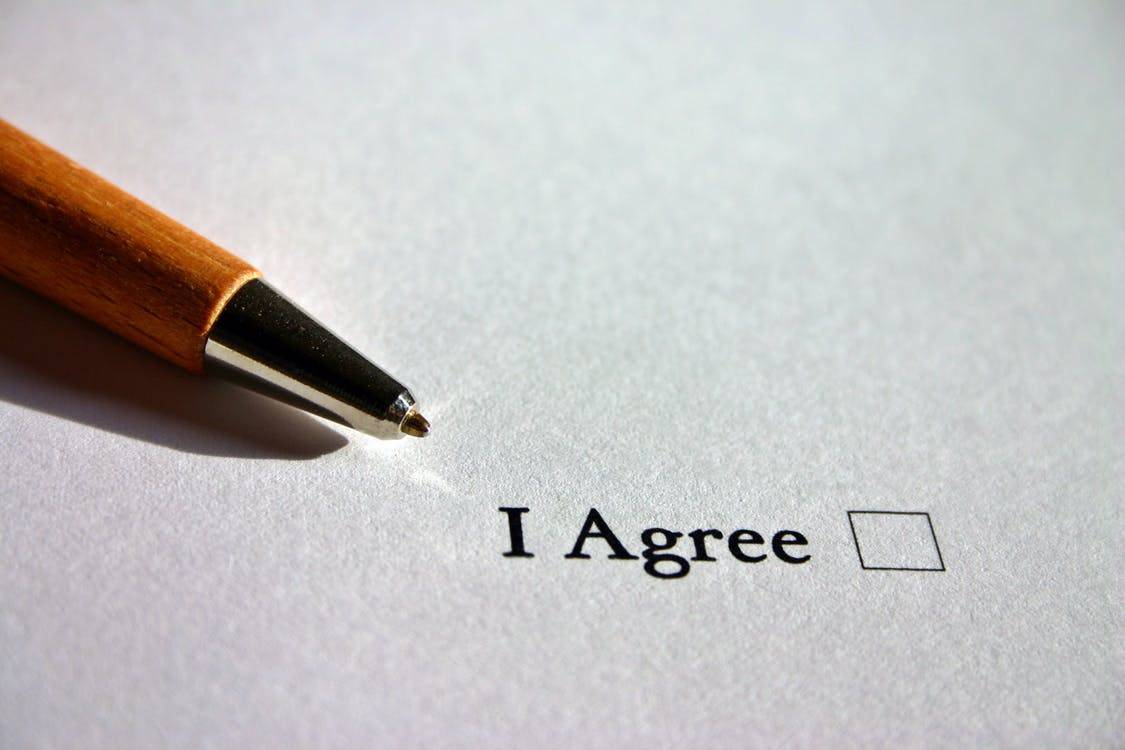Inspections are so ingrained in the process of buying and selling Real Estate that at times they are taken for granted. It’s important to remember the purpose of the inspection is not to put an extra step between a buyer and their prospective property – it’s to prevent the buyer from acquiring a house without full knowledge of its condition. As attorneys we can and have advised buyers on best practices with their inspections and follow-up on repairs, but in place of legal advice, here are some best practices for Realtors and their clients.
Inspect your Inspection – Seriously
Page 4 of the IRSA must be signed by the buyer before closing, and that signature is agreeing that once closed on the deal, they warrant that they are completely satisfied with the property as is. From a legal stance, they also lose the right to go after the seller and their agent if they feel there was a disclosure issue. All recommendations in this blog post refer to the period of time before this signature is on page 4. Once the buyer signs, it’s very difficult to argue with an inspection.
In a typical Real Estate purchase, there will always be two inspections. The first one, performed by a professional inspector hired by the buyer, happens within ten business days of the contract. That inspector is going to check the fixtures, structure, foundation, etc., and will come back with an inspection report detailing the condition of the house. The buyer and the agent then come up with a repair list to negotiate with the seller.
How a Realtor can help clients with inspections
Here’s where a savvy Realtor can come in with 360-vision. Make sure the repair list is thorough. 20 years ago, Agents didn’t ask for cosmetic repairs, but today if it’s something the buyer wants on the list, be sure to put it on the list. Be it a peeling ceiling, a nail hole, or anything little or superficial – it’s critical that the Agent not advise the client as to what goes on the list. The reasoning is simple: if the client comes back with a complaint that wasn’t repaired, and an Agent advised them not to list the complaint because it was superficial, the Agent gave legal advice, and is now in the hot seat. The best course of action is always to put items on the list that the buyer asks to be repaired, and let the seller say “no” if that’s the way the negotiation ends up happening.
Best practices for follow-up
The second inspection is post-repairs. The buyer has the right to either go back in person to inspect the house or hire a professional again for the follow-up inspection. A lot of times we see the buyers going themselves, minutes before closing, in a rush and ready for the keys. Again, the savvy Realtor is a wiz at time management and organization. It’s very important for Agents and buyers to give themselves enough time before the close for a thorough, diligent inspection (not on the way to the close). If the buyer isn’t happy with the property, the repairs, or anything to do with the close, they need to speak with an attorney for legal advice on next steps. And all parties involved will be grateful if that doesn’t happen the day of the close or (worse), after the close.
Whether you’re the Realtor or the buyer, it’s always a safer practice to take an inspection seriously and follow up with repairs to verify they’re to the buyer and seller’s satisfaction. If you need to discuss inspections, or you have questions, be sure to work with us on your next close.

